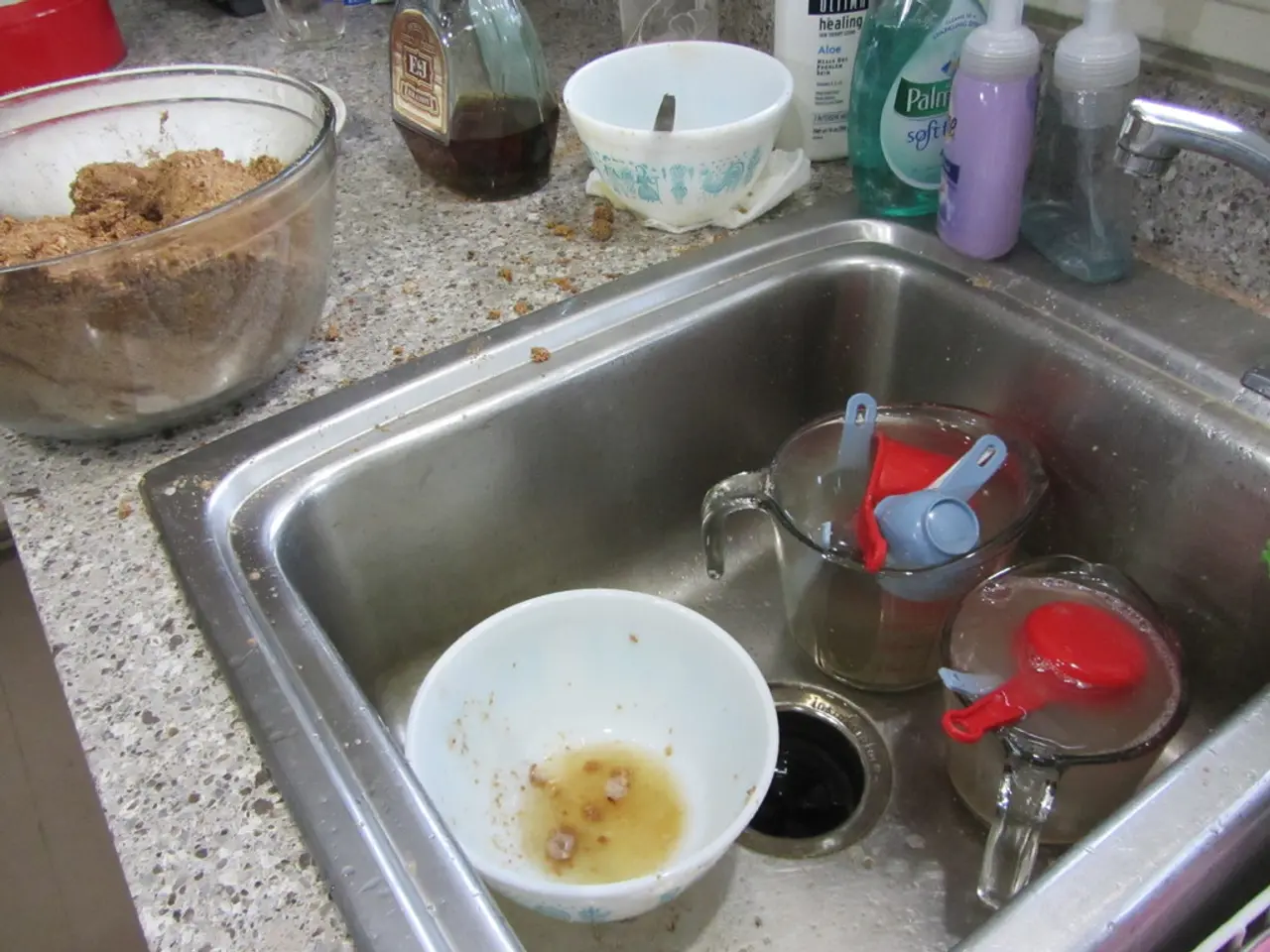Toxic Substances Explored
In today's world, poisoning can occur from various sources, endangering people's health and safety. This article aims to shed light on the common sources of poisoning across three main settings: agricultural, industrial, and domestic.
Agricultural Settings
The agricultural sector is not immune to the risks of poisoning. The primary sources of poisoning in this setting include pesticides such as insecticides, herbicides, and fungicides. Particularly noteworthy are organophosphates, known for their toxicity and capable of causing severe poisoning symptoms in humans and animals. Glyphosate, a widely used herbicide, is a notable example often found in staple foods like oats, wheat, and corn, leading to exposure mainly through food and occupational contact for agricultural workers.
Chemicals like aluminum phosphide used as fumigants in grain storage can also cause acute poisoning.
Industrial Settings
Industrial settings present their own unique poisoning risks. Toxic chemicals such as benzene, used in gasoline, solvents, rubber, and paint production, are linked to serious health conditions including leukemia. Asbestos, historically used in insulation, brakes, and construction materials, causes long-term respiratory illnesses like mesothelioma. Industrial solvents, gases, fumes, vapors (e.g., carbon monoxide), and emissions pose significant risks through inhalation, dermal contact, and accidental ingestion, especially for workers with chronic exposure.
Domestic Settings
Poisoning in domestic settings often results from household chemicals such as cleaners (bleach, ammonia), solvents (rubbing alcohol, turpentine), and insecticides used for pest control. Residues of agricultural herbicides like glyphosate present in food and water consumed domestically can cause low-level chronic exposure. Accidental ingestion or skin contact with hazardous substances brought into the home environment, including pesticides and cleaning agents, also pose a significant risk.
Common Routes of Exposure
Across all these settings, three principal routes of toxic exposure are recognized: inhalation, ingestion, and dermal absorption. Cumulative and multiple route exposures increase the risk of poisoning. Chronic poisoning frequently involves substances that bioaccumulate, such as mercury or lead, though these are more industrial/environmental pollutants than direct sources in typical agricultural or domestic poisonings.
Summary of Common Poisoning Sources by Setting
| Setting | Common Poison Sources | Exposure Routes | |---------------|------------------------------------------------------------|--------------------------------| | Agricultural | Pesticides (organophosphates, glyphosate), aluminum phosphide | Dermal, ingestion (food), inhalation | | Industrial | Benzene, asbestos, solvents, industrial fumes/gases | Inhalation, dermal, ingestion | | Domestic | Household cleaners, pesticides, solvent residues, glyphosate in food/water | Ingestion, dermal, inhalation |
This synthesis reflects broad commonalities in poisoning risks related to chemical toxicity in these environments. It is crucial for individuals to be aware of these risks and take necessary precautions to ensure their safety and well-being.
[1] Source: World Health Organization [2] Source: Centers for Disease Control and Prevention [3] Source: United States Environmental Protection Agency [4] Source: Occupational Safety and Health Administration [5] Source: European Chemicals Agency
Forensic science, particularly forensic toxicology, plays a crucial role in investigating poisoning cases across various settings, such as agricultural, industrial, and domestic. Understanding the medical-conditions associated with poisoning is essential for health-and-wellness, including fitness-and-exercise and nutrition, as it can impact one's overall well-being. Adherence to safety guidelines and practices in handling and storing chemicals in these settings is crucial for preventing future instances of poisoning.




